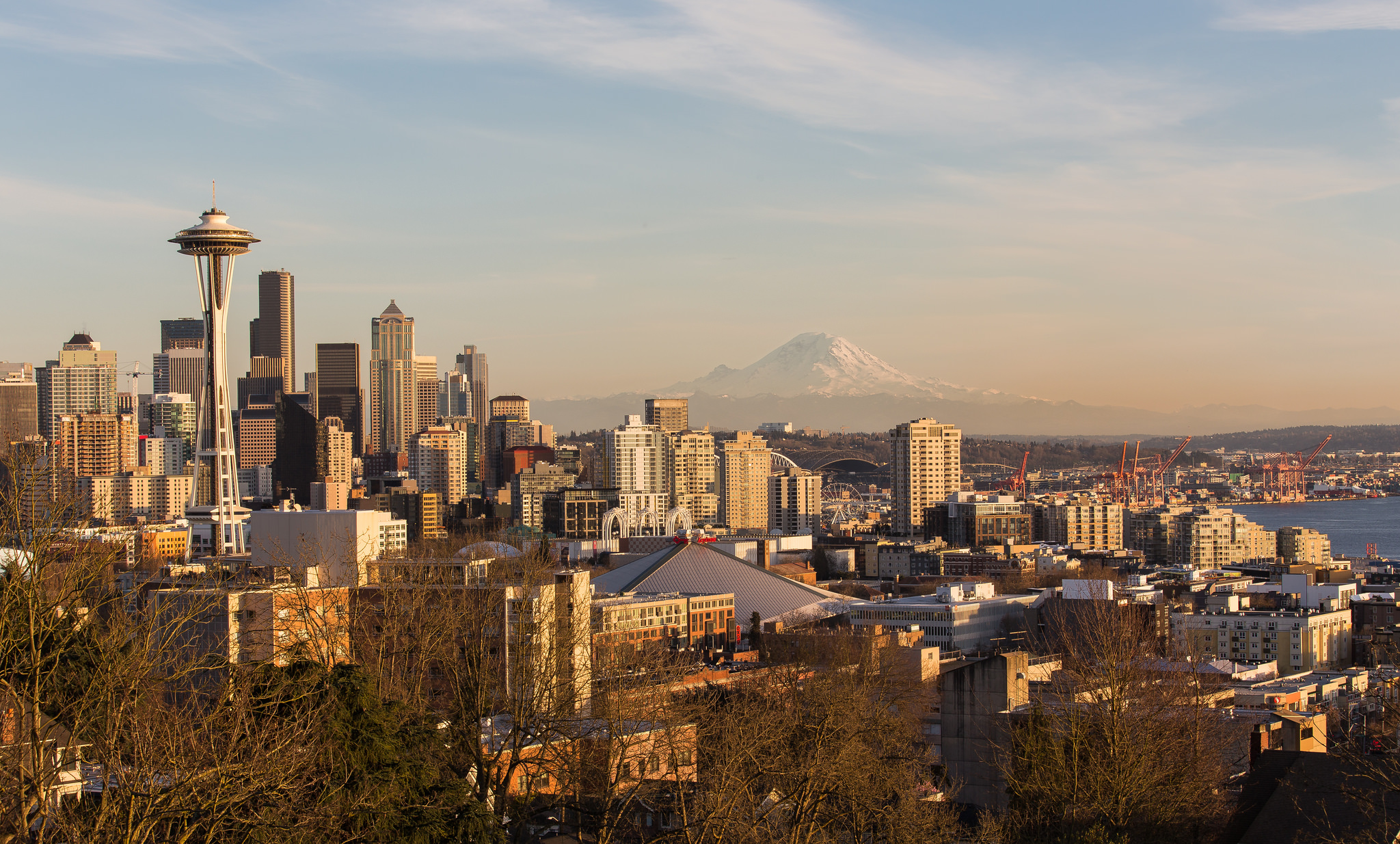At City Observatory, we post several new commentaries each week on a variety of urban themes, and aim to provide discrete, coherent analyses of specific questions, and contributing to the policy dialog about cities. At the start of a new year, we’d like to pull back a bit, and reflect on what we think we’ve learned, and how these varied pieces add up to a cohesive vision.
So what follows is not a manifesto, but more an outline of of the knowledge assembled in our work at City Observatory, since we started in October 2014. Here’s a list—not entirely exhaustive—of what we came up with, grouped into four big themes:
The growing economic importance of city centers

The demand for cities is rising.
Talented young people are increasingly choosing to live in urban centers.
People are increasingly seeking dense, diverse, interesting, transit-served, bikeable and walkable communities.
This is leading to a surge in city center jobs.
Cities are powering the nation’s economic growth in this cycle.
Cities are cleaner, greener, and safer than ever before.
The economic advantage of cities is growing in providing convenience and experiences.
The shortage of cities
We have a shortage of cities, the growing demand for city living is outstripping the supply of great urban spaces, which is producing higher housing costs.
Our land use planning systems, dominated by homevoters, make it too hard to build new housing, especially in the most desirable locations, driving up housing prices.
Hyper-local decision-making can shut out important voices and lead to more segregated cities.
We’ve effectively made the most desirable kinds of housing—dense, diverse mixed use neighborhoods with narrow streets, and a varied range of housing types—illegal.
Other prosperous countries with attractive cities have very different ways of zoning that allow more traditional urban neighborhoods.
The need to rethink transportation policy

The big subsidies to parking—socialism for car storage in the public right of way—undermines biking and walking and drives up the price of housing.
There’s no such thing as a free way—taxpayers subsidize car ownership significantly, causing people to drive much more than they would otherwise.
The engineering rules of thumb that are used to forecast traffic, set road widths, require parking are pseudo-science, with perverse effects on cities and humans.
The way we design our roads costs thousands of lives a year. It’s time for another road safety revolution.
When it comes to public transit, what matters is reliability and convenience—not whether it’s rail or bus.
Land use is as important to public transit as the actual transit infrastructure. It’s especially important to have destination density—of jobs, amenities, homes—near transit stations.
The challenge of segregation, integration, and neighborhood change
Economic segregation is growing, the rich and the poor live apart from one another in our cities, this is a product both of the secession of the rich, especially to exclusive suburban enclaves, and by the concentration of poverty.
Gentrification, though rare, is actually reducing economic segregation.
Poor households living in gentrifying neighborhoods are no more likely to move away than poor households in non-gentrifying neighborhoods and report higher incomes and greater satisfaction with their neighborhoods than those living in non-gentrifying neighborhoods.
Unless housing supply increases in high demand locations, rents and home values will rise, and the poor will be priced out of neighborhoods.
High-inequality neighborhoods actually reduce inequality at the city and metro level.
Obstructing new development, even new higher-income development, is a recipe for aggravating problems of affordability and displacement.
Policies that aim to put the burden of paying for affordable housing on developers are unlikely to work. Their margin is too small, and the incentive effects will lead to less housing being built.
The scale of public investment in affordable housing is dwarfed by the housing market—but we can do better.
In the coming year, we’ll look to dig deeper into each of these propositions, and add others to our list. If you take issue with the positions we’ve staked out here, can offer relevant evidence that confirms, denies or sharpens these propositions, or have other ideas that are candidates for this list let us know. We look forward to continuing this conversation in 2016.

